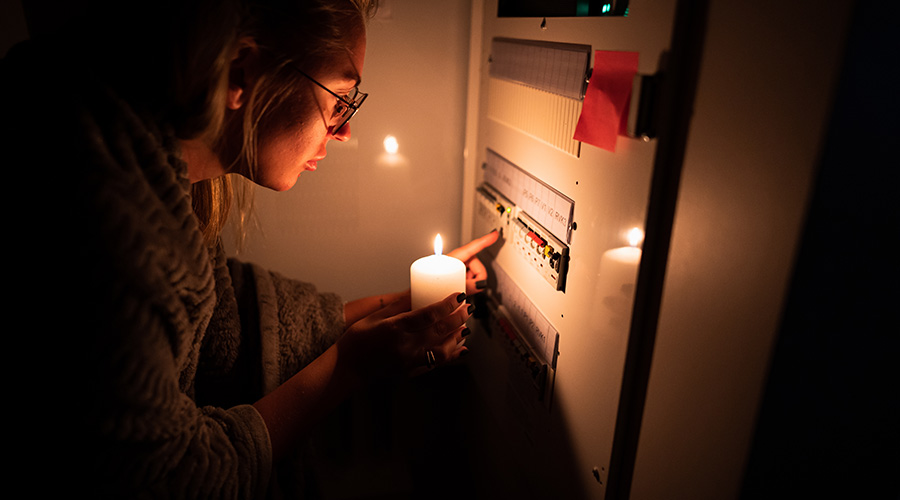Although China has regulations on disposal of medical waste, the danger of pollution from such waste remains very real, according to an article on the Xinhua Net website.
In 2003, the central government regulated the administration of medical waste, requiring county level governments to build disposal centers where all biohazardous material is treated. The regulations led to collective treatment of medical waste and many disposal centers were established. Despite regulations, problems continue, the article said.
"While the law requires all medical scrap to be treated collectively, many hospitals and clinics are not abiding by law due to poor management and substandard facilities," said Luo Jiefeng, deputy director of the health bureau's office of medical affairs in Guangxi Zhuang region.
In 2002, total production of medical waste stood at about 650,000 tons, averaging 1,780 tons per day. The figure has increased by 10 percent every year since, and now stands at about three times that amount, consisting of disposable items including sharps, human tissue and organs, bodies of animals used in experiments, dressings, patients' body fluids, Huang Zhiyong, vice principal of Guangxi Academy of Social Sciences, said in the article.
In 2011, Qinzhou City, home to more than 300 rural hospitals and clinics, invested more than 3 million dollars in building a disposal, but it is not living up to expectations.
"We send trucks all over to make collections every day, but many hospitals and clinics are far from arterial roads," said Pan Ling, deputy general manager of the center's operating company. The company can only make collections from 118 medical institutions, leaving more than 200 without service.
Read the article.

 Contaminants Under Foot: A Closer Look at Patient Room Floors
Contaminants Under Foot: A Closer Look at Patient Room Floors Power Outages Largely Driven by Extreme Weather Events
Power Outages Largely Driven by Extreme Weather Events Nemours Children's Health Opens New Moseley Foundation Institute Hospital
Nemours Children's Health Opens New Moseley Foundation Institute Hospital Code Compliance Isn't Enough for Healthcare Resilience
Code Compliance Isn't Enough for Healthcare Resilience Ribbon Cutting Marks First Phase Completion for New Montefiore Einstein Facility
Ribbon Cutting Marks First Phase Completion for New Montefiore Einstein Facility